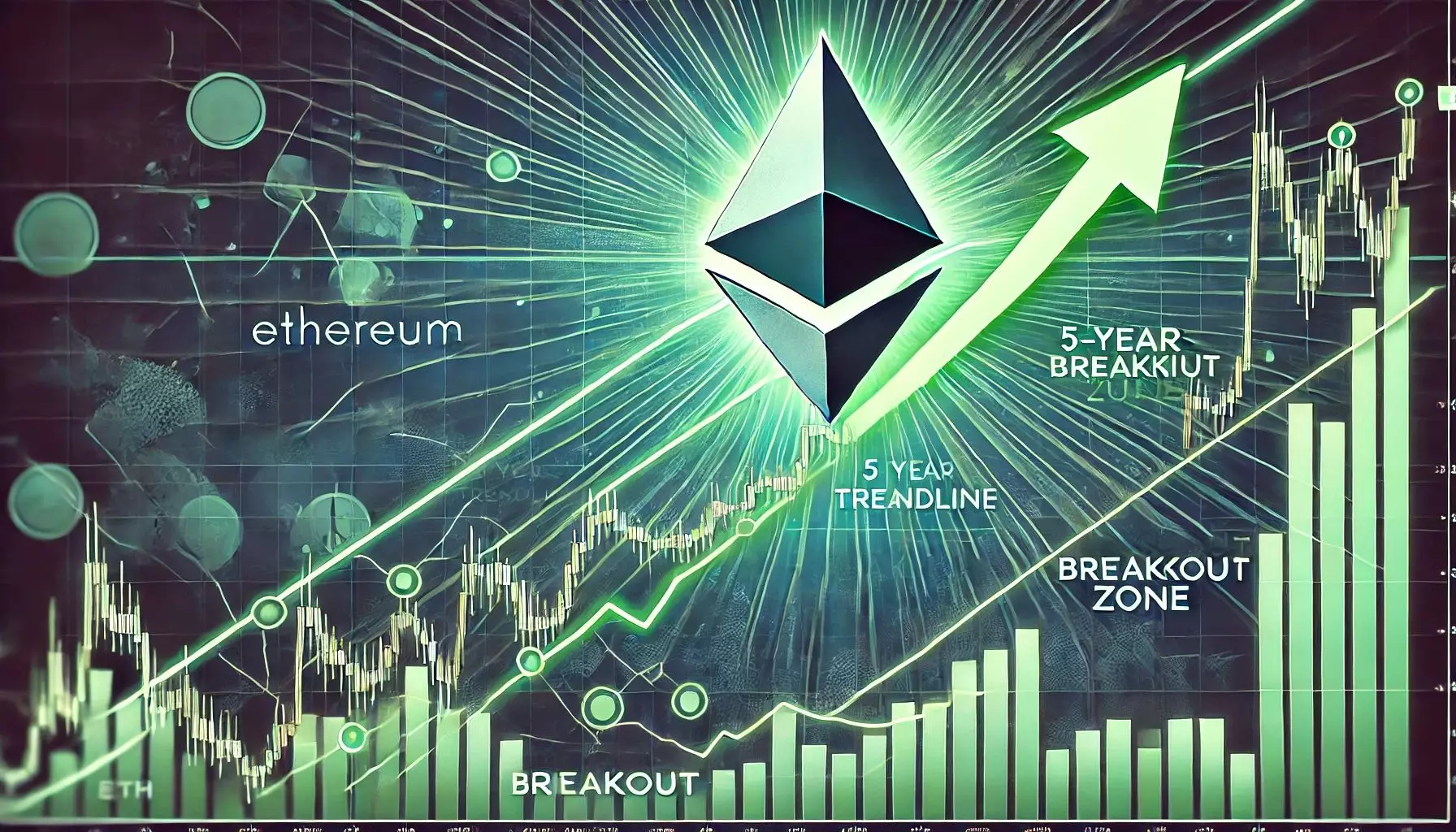Ethereum currently finds itself at an unsettling crossroads, wavering uncertainly below the crucial $2,000 threshold. As it flounders within a narrow trading range of $1,800 to $1,900, one cannot ignore the underlying bearish sentiment that has wrapped its cold grip around the market. The cryptocurrency world, once aglow with optimism, is now burdened by a confluence of economic anxieties, global trade tensions, and regulatory uncertainties, which tend to stifle investor confidence. The distinction between market optimism and the current malaise could not be starker: Ethereum’s bulls have faltered, allowing the bears to assert dominance.
What we witness here is the result of an intricate web of macroeconomic variables; fears surrounding trade wars, rampant inflation, and haphazard policy decisions undermine the foundations of cryptocurrency investments. Crucially, Ethereum’s struggles mirror the erratic shifts observed in other risk assets, revealing a broader malaise that transcends its digital borders. The fragile landscape of this once-mighty Ethereum has led analysts to speculate whether it is poised for further decline or if it can muster the strength for a prodigious resurgence.
The Testing Trendline
Top analyst Mister Crypto recently illuminated an essential point in technical analysis: Ethereum is currently testing a significant five-year trendline that may hold more weight than the oft-cited $2,000 resistance. Historically, trendlines of this stature act as bastions of support during times of correction. Yet, they also serve as harbingers of broader trends—should Ethereum fail to maintain ground, the consequences could be catastrophic.
Investors should remain vigilant. If Ethereum plummets below this trendline, it could further reinforce bearish perceptions and instigate a cascading effect, driving prices down to dangerously low demand zones around $1,600 to $1,700. Such a scenario becomes self-fulfilling, as the lack of buying pressure and capital flight lead to heightened bearishness among market participants. The sentiment is clear: a breach of the trendline could compel many to abandon ship.
The Role of Bulls and Bears
It appears Ethereum is embroiled in a fierce struggle that mirrors a broader ideological battle in the cryptocurrency sphere. While the bulls are tasked with reclaiming important price levels, the bears are not making their job easy. The failure to breach the critical $2,300 level, which positions strategically around essential moving averages, has only added to the malaise. The bulls must not only reclaim this threshold but hold above it to signal that a shift in momentum may occur.
This fluid situation necessitates decisive action from the bulls. They stand at a pivotal point in the market; it is no longer a case of mere speculation but one of urgent necessity. The bulls must push back against the bears and demonstrate that the market can indeed recover and thrive once more. If they fail, the pessimistic trajectory of Ethereum could have chilling effects on broader cryptocurrency investments.
The Onus of Investor Sentiment
What looms large over the current landscape is the unwavering influence of investor sentiment. The chilling effects of macroeconomic factors and uncertainty surrounding regulation contribute heavily to the psychological apprehension among investors. As they sit on the sidelines, watching Ethereum’s every move, their reluctance can perpetuate stagnant conditions that amplify the bearish sentiment.
In this environment, caution is the prevailing mindset, impacting decision-making across the board. Experienced traders have learned to navigate this tempest with apprehension, balancing their risk tolerance against the glaring uncertainties threatening the market. Dealing with such emotional dynamics adds a psychological layer to an already complex situation, making the task of forecasting Ethereum’s future all the more daunting.
The Potential for Recovery
Yet amid the tumult, there is a glimmer of hope for Ethereum, dictated primarily by its resilience. While current bearish pressures feel overwhelming, a notable faction of experts insists that underscored signs of recovery are on the horizon. If Ethereum can successfully hold above its five-year trendline, it opens the door to potential rallies that would reignite investor interest.
In essence, the days ahead will serve as a litmus test for Ethereum, determining whether it will succumb to pressure or demonstrate vitality. Whether the market reverts to a bullish scenario hinges on its capacity to establish stability above the critical price levels, thus signalling to hesitant investors that opportunity—and optimism—still exist. The world of Ethereum remains fraught with challenges, but the potential for resurgence remains tantalizingly plausible.














Leave a Reply